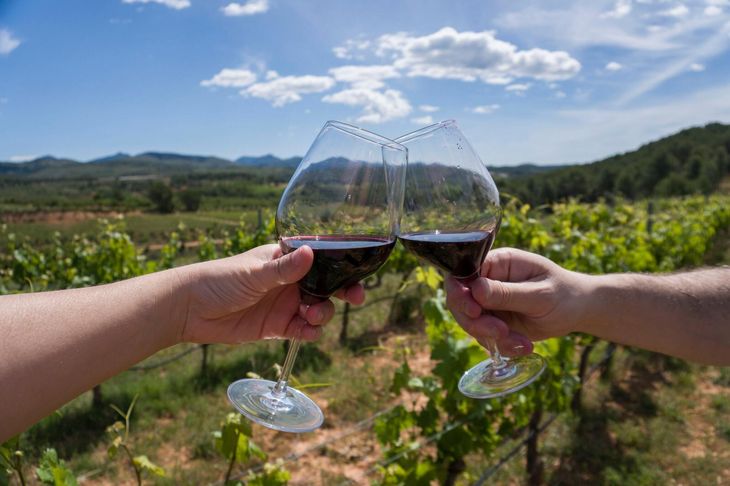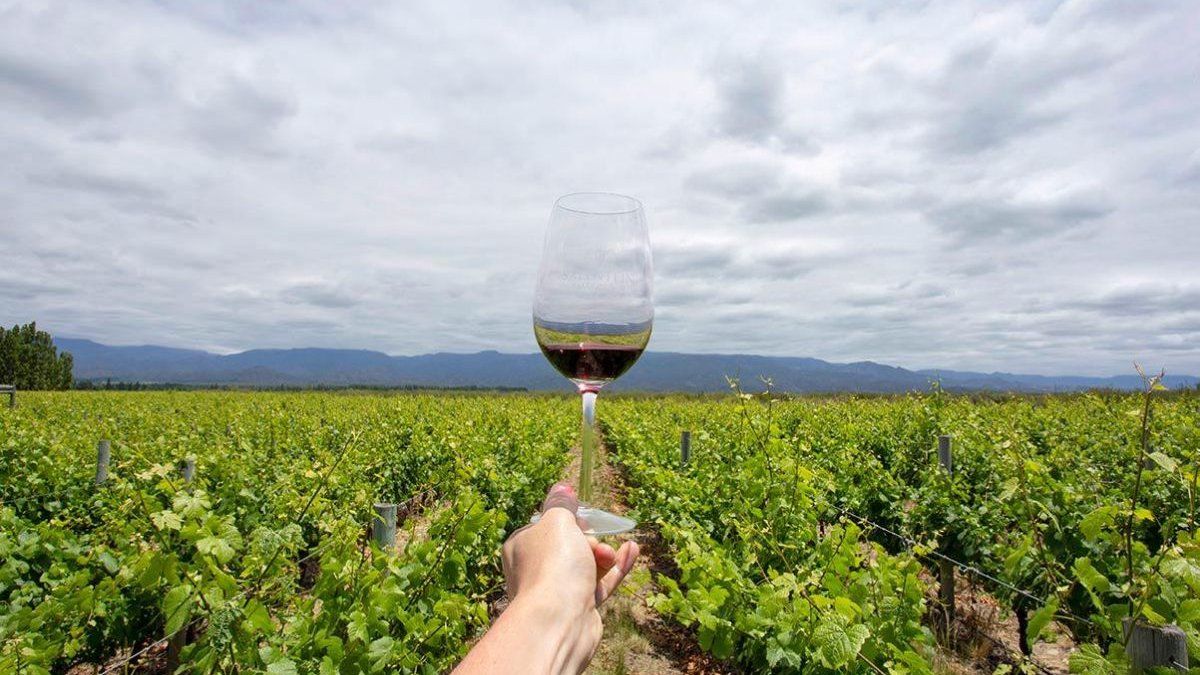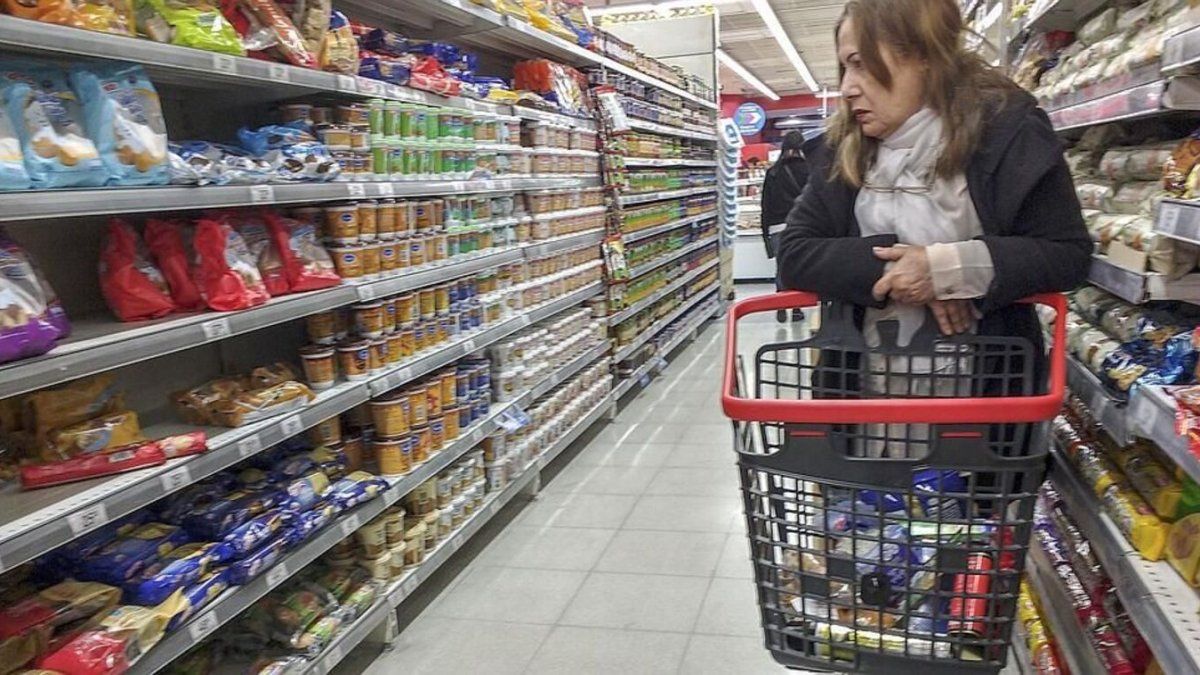“We have very good quality to go out and fight the world,” he said. mario gonzalezthe new president of COVIAR who will formally assume the position within the framework of the Harvest Festival which begins this February 26 in Mendoza. In dialogue with Ámbito, the manager who replaced José Zuccardi, reviewed the present of the sector and emphasized the objectives for the future, with a focus on innovation, wine tourism, social and environmental sustainability.
WhatsApp Image 2023-02-16 at 09.15.55.jpeg
Mario González, new president of COVIAR
Passing through Buenos Aires, the businessman from La Rioja maintained that “The year is difficult for the industry”. On the one hand, due to the climatic conditions –frost and drought- that are causing problems in the production of raw materials. In fact, some wineries demanded that the import of grapes be enabled to continue producing, something that was rejected by the Government and celebrated by COVIAR. Meanwhile, the sector is also affected by the macroeconomic issues that all activity in the country faces today: the price of the dollar, inflation, and financing problems.
It is in this scenario that the Government launched the program last week Provide 2, which aims to develop “innovation, investment in technology, also betting on gender equity, gender equality in the wine sector and also betting on the issue of roots; to try to build mechanisms, based on connectivity and infrastructure, that allow us to establish roots within the interior of Argentina, which is where there is enormous value for the effort and production that we Argentines have to defend ”.
The announcement was made by the Minister of Economy, Sergio Massa, who highlighted the investment of “10,000 million pesos in non-refundable contributions” and assured that “from San Juan, Mendoza, Río Negro, La Rioja, all those who bet on viticulture, will be assisted from this program that what it intends is to continue strengthening that brand, which ultimately represents Argentine wine”.
Wine route.jpg

Wine production and consumption
From the entity they explain that it has been a long time since the production is down. The freshest data, which was released just hours ago, indicates that 2022 closed with a drop in liters of the order of 20%. The production of raw material does not come with encouraging data for the harvest, a situation that has been repeated in recent years.
During the pandemic, the market had a good time thanks to the fact that the isolation motivated a greater domestic consumption of wine, bringing the per capita to 21 liters. However, after that stage the curve fell again. “It is an industry where supply and demand play perfectly, when there is a large harvest, there is a large production of wine, and prices drop. In the pandemic there was a growth in wine consumption and it took out stock; we came from years of low prices, and that somewhat accommodated the prices and the industry”, commented González. But he warns that with the smaller harvest “product may begin to be lacking” this year.
Although the characteristics of the wine make arid regions the most propitious for quality wines, the problem of drought is a relevant factor for the industry. Water is needed in areas where it is scarce, and where it also competes with mining. That is why González highlights the need to work together between private companies, the provincial states, and the Nation, to advance in the infrastructure works necessary to guarantee access to water.
In search of new markets for Argentine wine
Then there is the macroeconomic issue that operates on production and marketing. For the new holder of COVIAR, a single exchange rate is necessary, which favors exports, and perhaps a reduction in withholdings. However, beyond these specific measures, what it aims at is to maintain competitiveness against other players in the global market that compete for the Argentine market. Among those are France, but also Chile or Australia.
A key point for this is to ensure that the production is certified with sustainability standards that today are demanded in various markets. COVIAR promotes actions in this sense from the field to the commercialization. And that is a key piece of the 2030 Plan.
Another important point is to extend the borders of wine, and tourism related to wine. Although when one thinks of the national drink, one immediately imagines the landscapes near the Cordillera, today there are 18 provinces with wine production, and 14 with a focus on tourism. Buenos Aires and Entre Ríos are some of those that joined.
Zero alcohol tolerance law while driving
A harsh issue for the sector is the advancement of zero tolerance law for alcohol while driving. This is a measure that is already in force in more than a dozen provinces and that is about to have final sanction at the national level in the Senate. COVIAR is opposed as are several producing provinces. González described the imminent regulation as “demagogic”.
“We have a concern about the concept. We are against anyone who drinks and then drives, but the tolerance that governs has scientific foundations. “Obviously we want traffic accidents to drop, but we do not believe that this law will do so, firstly because zero tolerance does not exist, because the devices may have precision flaws and secondly because some derivatives may cause it to not give zero. And statistically, accidents do not occur between 0 and 0.5, but from 0.8 or 1%, ”he said.
The executive affirmed that beyond what Congress approves, they will work so that the regulations are “more in line”, and insists that “controls are more effective than prohibition.” “What is being discussed now is to take a measure, but it does not correct anything,” he stated.
Source: Ambito




